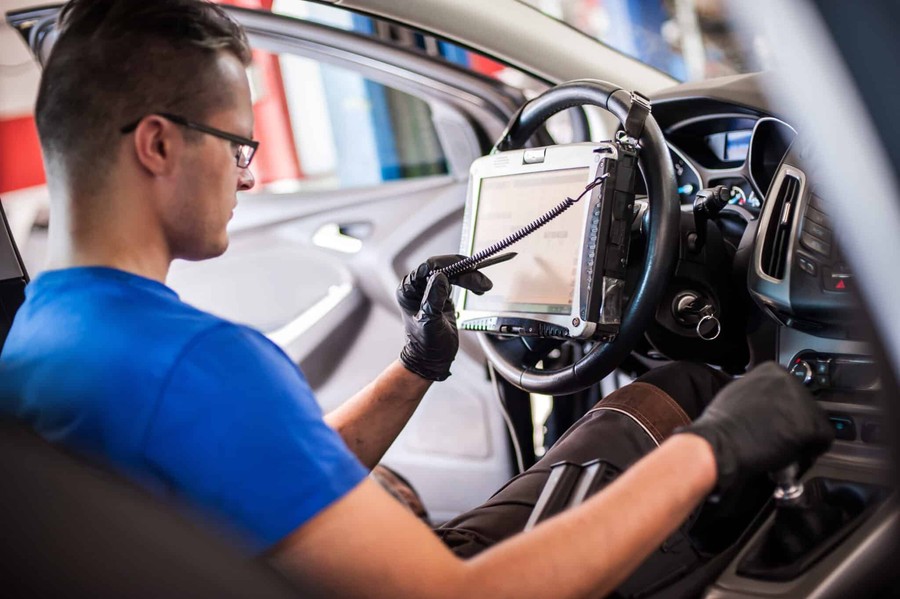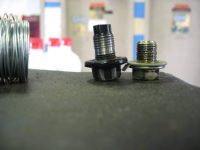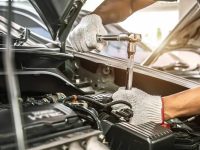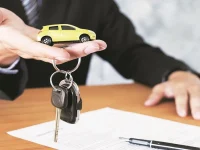Why Body Panels May Need Recalibration After Repairs: Ensuring Safety and System Accuracy

Modern vehicles rely heavily on advanced sensors and electronic systems integrated into body panels. When a body panel is repaired or replaced after damage, it’s not just about restoring the outer appearance—recalibration of these systems often becomes necessary. Without proper recalibration, vital safety features and driver assistance technologies may not function correctly. This article explores why recalibration is needed after body panel repairs and what it means for your vehicle’s performance and safety.
The Integration of Sensors in Body Panels
Today’s cars are equipped with a variety of sensors embedded in or near body panels. These include radar sensors, cameras, ultrasonic sensors, and lidar units that support advanced driver assistance systems (ADAS) like adaptive cruise control, lane departure warning, parking assistance, and automatic emergency braking. These sensors rely on precise positioning to accurately detect surroundings and communicate with the vehicle’s electronic control units (ECUs). Even slight misalignment of panels can throw off sensor calibration, leading to faulty or diminished system performance. Going for the Auto Repair in Augusta, GA based service woukd be important here.
How Body Panel Repairs Affect Sensor Alignment
When a damaged body panel is repaired, replaced, or realigned, its position may shift slightly from factory specifications. This is especially true after collision repairs where panels might be removed and reinstalled or adjusted to fit the vehicle’s frame. Even a few millimeters of difference can affect sensor angles and fields of view. As a result, sensors might misinterpret distances or obstacles, potentially causing false alerts, missed warnings, or system malfunctions. Recalibration corrects these discrepancies and ensures that sensors operate as designed.
The Recalibration Process: What It Involves
Recalibrating sensors after body panel repairs involves specialized diagnostic tools and procedures. Technicians connect the vehicle to calibration equipment that tests sensor outputs, alignment, and communication with the vehicle’s control modules. Depending on the system, this process may include static calibration—performed with the vehicle stationary—or dynamic calibration, which requires driving under specific conditions. The goal is to reset and fine-tune sensor positions and parameters to match original manufacturer settings, restoring full system functionality.
Why Recalibration Is Crucial for Safety and Compliance
Proper recalibration is not just about convenience; it’s a critical safety measure. Misaligned sensors can compromise the effectiveness of safety features designed to prevent accidents or mitigate their severity. Additionally, some manufacturers and insurance companies require documented recalibration after collision repairs to maintain warranty coverage and compliance with safety standards. Skipping recalibration can lead to costly repairs down the line or even legal liabilities in case of accidents.
Conclusion:
Body panel repairs have become more complex as vehicles incorporate sophisticated sensor technologies. Recalibrating these systems after panel work is essential to maintain the safety, reliability, and performance of modern cars. If your vehicle undergoes body panel replacement or significant repairs, always ask your repair shop about sensor recalibration services. By ensuring that all sensors and electronic systems are accurately realigned, you can drive with confidence knowing your vehicle’s advanced features are working exactly as they should.







